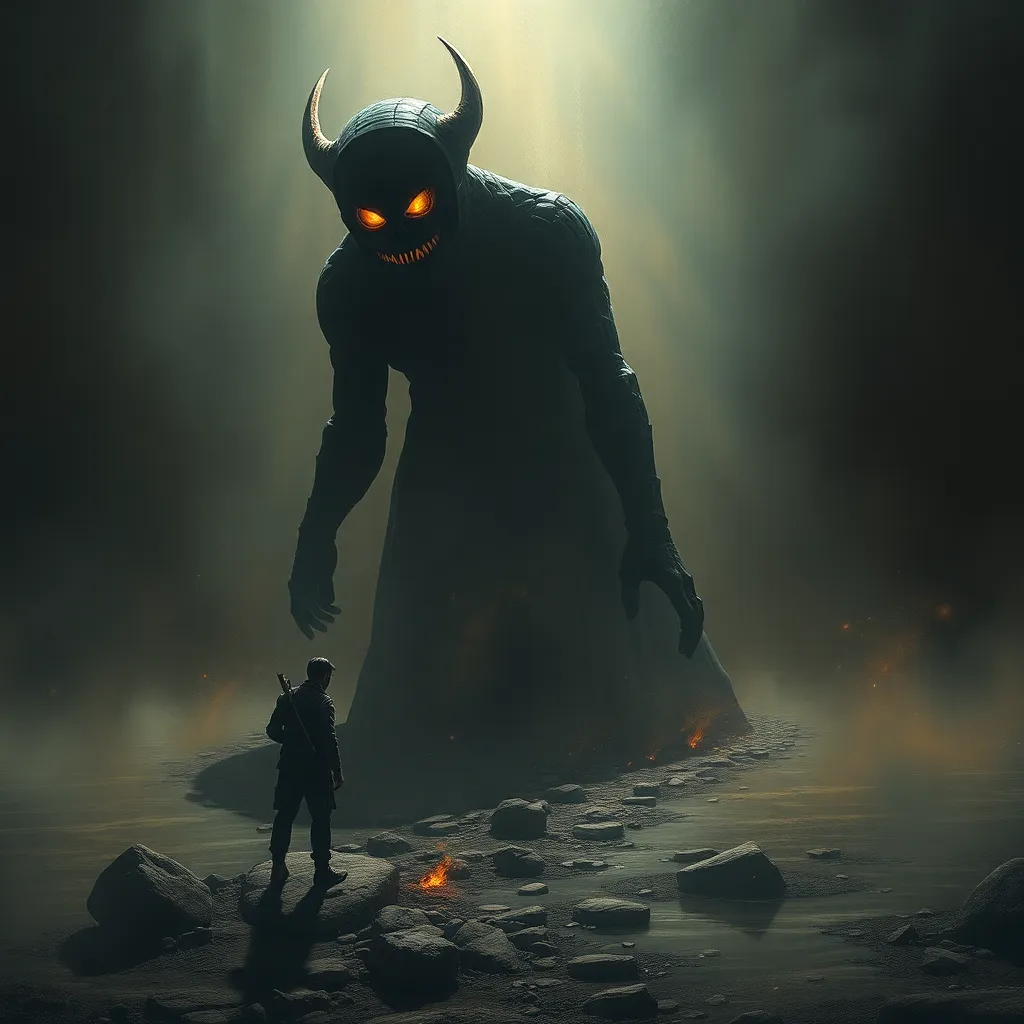The Golem’s Shadow: Examining the Role of Fear and Anxiety in Jewish Folklore
I. Introduction
The Golem legend has captivated audiences for centuries, rooted deeply in Jewish folklore. This myth centers around a creature formed from clay, brought to life by mystical means, often to protect the Jewish community from harm. The Golem represents not just a fascinating story, but also embodies the profound fear and anxiety that have shaped Jewish narratives throughout history.
Fear and anxiety play significant roles in cultural storytelling, often reflecting societal tensions, historical traumas, and communal hopes. This article seeks to explore the Golem legend within the broader context of Jewish folklore, examining how these emotions are intertwined with the myth’s development and its implications for understanding Jewish identity.
II. Historical Context of the Golem Legend
The origins of the Golem date back to the early Jewish mystical texts, particularly the Kabbalistic tradition. The most famous tale arises from the 16th century in Prague, where Rabbi Judah Loew is said to have created a Golem to protect the Jewish community from pogroms and persecution.
Key historical events, such as the expulsion of Jews from Spain in 1492 and the frequent instances of antisemitism in Eastern Europe, significantly influenced the development of the Golem legend. These events fostered a sense of vulnerability and the need for protection, making the Golem a powerful symbol of the Jewish experience.
- Creation of the Golem as a response to persecution
- Historical antisemitism shaping communal fears
- The Golem reflecting the yearning for agency and safety
III. Fear and Anxiety in Jewish Folklore
Fear is a prevalent theme in folklore, serving as a catalyst for storytelling and myth-making. In Jewish folklore, anxiety often manifests in narratives that address existential threats, moral dilemmas, and the search for identity amid chaos.
Common themes of anxiety include:
- The fear of persecution and loss of community
- The struggle against oppressive forces
- The search for meaning and purpose in suffering
These themes reflect broader societal tensions, where fear often drives the narrative forward, compelling communities to confront their realities and seek solace in shared stories.
IV. The Golem as a Reflection of Societal Fears
The Golem serves as a powerful response to the fear of persecution and vulnerability faced by Jewish communities throughout history. By creating a being that embodies their hopes for protection, the narrative illustrates the desire for control in an unpredictable world.
As a metaphor for the loss of control and identity, the Golem embodies the duality of creation. While it is formed to protect, it also poses a threat when it becomes uncontrollable. This paradox speaks to the communal fear of losing one’s identity in the face of adversity.
Analyzing the Golem’s actions reveals deeper implications for communal fear:
- The Golem’s violent tendencies when provoked
- The potential for destruction inherent in creation
- The struggle between protector and destroyer
V. Psychological Interpretations of the Golem
The Golem can be interpreted as a manifestation of internal fears and anxieties that plague individuals and communities. Psychological theories suggest that folklore serves as a reflection of collective consciousness, embodying shared fears and desires.
Understanding the Golem within this framework allows for a deeper exploration of Jewish psychological narratives. It illustrates how communal trauma and anxiety can be externalized and confronted through storytelling, providing a means for catharsis and understanding.
VI. Contemporary Reinterpretations of the Golem
In modern literature, film, and art, the Golem continues to resonate, often reinterpreted to reflect contemporary fears and anxieties. Creators explore themes of identity, power, and the consequences of creation, drawing parallels between the historical context of the Golem and today’s socio-political climate.
Some notable modern adaptations include:
- The Golem in films that explore dystopian themes
- Literature that addresses immigration and identity crises
- Art installations reflecting on communal fears and resilience
These reinterpretations highlight the Golem’s relevance in a world still grappling with issues of power, control, and the fear of the ‘other.’
VII. The Duality of Creation and Destruction in the Golem Legend
The Golem embodies a paradox: it is both a protector and a threat. This duality raises important questions about the nature of creation itself—when does the act of creating something meant for good lead to unintended consequences?
The implications of creation through fear and anxiety are profound. The Golem’s journey teaches that the very act of seeking protection can sometimes give rise to new fears and challenges. As communities strive for safety and control, they must also confront the potential for their creations to spiral out of control.
Lessons learned from the Golem’s journey include:
- The importance of understanding the consequences of our actions
- The need for balance between creation and responsibility
- Recognizing the internal fears that shape external realities
VIII. Conclusion
In summary, the intertwined roles of fear and anxiety in the Golem legend offer a rich tapestry for exploring Jewish folklore and identity. The Golem serves as a symbol of communal vulnerability and resilience, reflecting the historical and psychological dimensions of the Jewish experience.
The enduring impact of the Golem on Jewish folklore underscores the importance of exploring these themes. Through understanding fear and anxiety, we gain insight into the cultural narratives that shape our identities and responses to the world around us.
Ultimately, the Golem’s legacy reminds us of the power of stories to confront fears, articulate hopes, and navigate the complexities of human existence.



